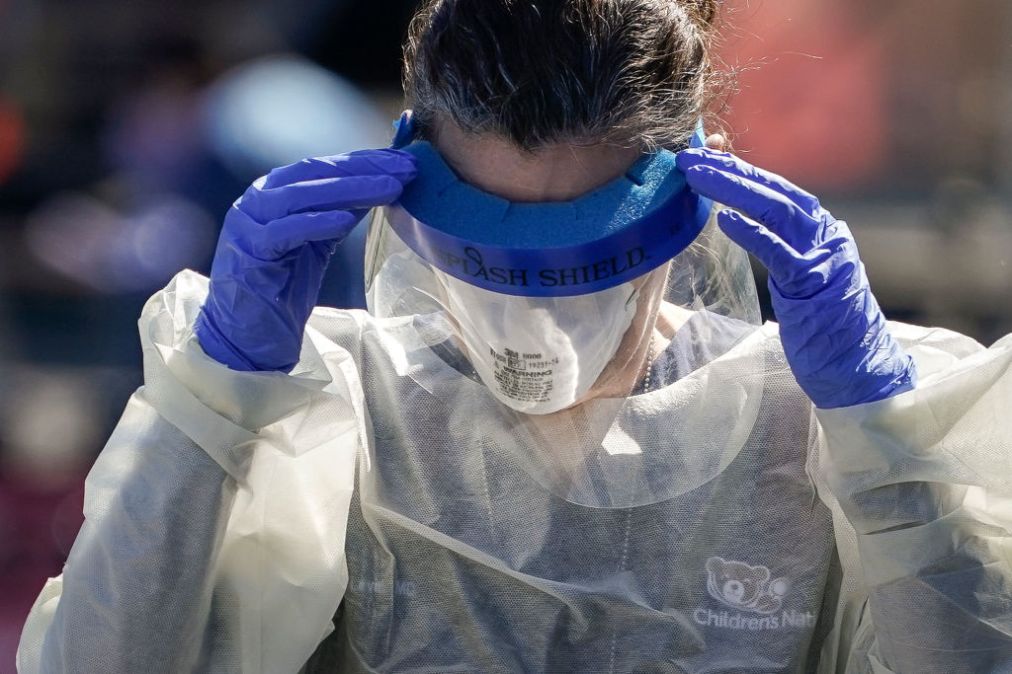HHS data collection and sharing continues to evolve with the pandemic

COVID-19 data collection and sharing has changed throughout the pandemic at the Department of Health and Human Services to meet the needs of agencies, hospitals, industry and the public, said Kevin Duvall, acting chief data officer, Thursday.
The Office of the Assistant Secretary for Preparedness and Response supports hospitals with personal protective equipment like masks and medicine. So when it had issues distributing the drug remdesivir in July, HHS began asking hospitals to report their supply.
HHS further made its COVID-19 Community Profile Report, an internal tool originally, available to the public in December as a “highly consumable” PDF, as well as an .xlsx file for deeper analysis, said Duvall, who was instrumental in the effort.
“The data had to evolve with how the government was responding to the pandemic,” Duvall said. “Over time, as we got more comfortable with datasets and felt that the quality of the data was good and sound, there was more and more release of open data.”
HealthData.gov‘s look changed in the past week as HHS migrated it to a new platform with additional capabilities — namely machine-readable, API-accessible interfaces for every dataset to assist researchers, companies and journalists.
The separate HHS Protect Public Data Hub and Centers for Disease Control and Prevention COVID Data Tracker represent a year of work.
The hub includes hospital use reporting and data on what therapeutics like Lilly and Regeneron they’ve received. The tracker meanwhile combines CDC guidance with data and links to HealthData.gov.
The downloadable COVID-19 Community Profile Report on HealthData.gov is updated daily. And the PDF contains data on case positivity, deaths and hospital admissions, while the .xlsx breaks things down by states, regions and counties.
Search analytics revealed state data was particularly popular, so HHS now offers a state profile view as well.
Before opening datasets up HHS has to consider the legality, for which general counsel is consulted, and the potential effect on hospitals.
“What is the appropriate level of granularity into what’s going on [without] show[ing] too much that would then be detrimental to hospitals, as well as the patients that are in the facility,” Duvall said. “That’s a hard challenge for the pandemic.”






